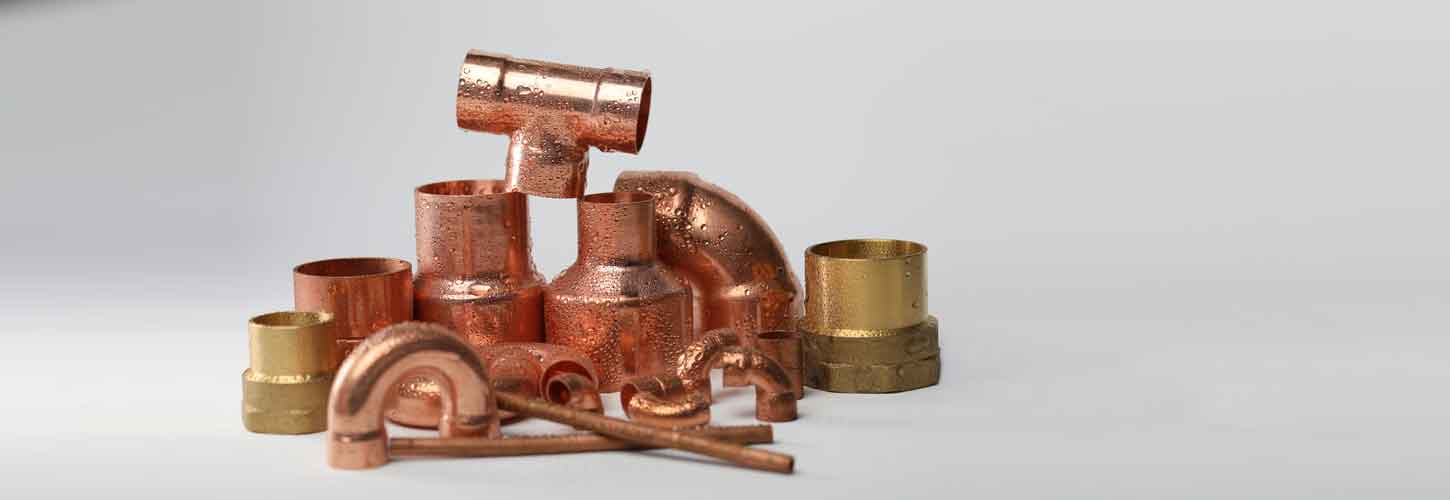Lithium battery material composite copper foil

Copper foil is an important part of lithium batteries. Copper foil, as the negative electrode current collector of lithium battery and the carrier of negative electrode active material, has a great influence on the cycle life, energy density, safety and other important properties of lithium battery. With the continuous iteration of copper foil technology, composite copper foil is expected to enter the stage.
Advantages of Composite Copper Foil
Compared with copper foil, composite copper foil has three advantages:
High energy density
If the thickness of the PET layer in the composite foil is 4.5 microns, and the thickness of the metal layer is 2 microns, then the weight of the composite copper foil and composite aluminum foil required for a 1GWh lithium battery is 55% and 64% lower than that of the traditional foil. Generally, replacing traditional copper foil with composite copper foil can increase the energy density of the battery system by 5% to 10%.
low cost
If the traditional copper foil and aluminum foil are replaced by composite copper foil and composite aluminum foil, under the current raw material prices, the foil raw material cost of 1GWh battery can be reduced by 23.14 million yuan and 4.67 million yuan, respectively, and the decline rate is 65% and 75%. Replacing copper foil with composite copper foil, the overall cost reduction effect of the battery is more obvious. Even considering the investment in fixed assets, the overall cost of composite copper foil is still clearly superior.
High security
After using the composite foil, it can reduce the occurrence of short circuit in the battery cell and improve the safety of the battery cell. On the one hand, the metal layer in the composite foil is thinner, and the metal layer is not easy to pierce the separator when the battery core is impacted. On the other hand, in the acupuncture test, the PET film can play a certain role in isolation. Composite copper foil also faces certain challenges. Since the thickness of the metal layer on both sides of the composite foil is generally only 1 micron, the flow capacity of the composite foil is limited. Based on the current technological progress, composite copper foil is expected to be more competitive in markets such as energy storage, battery replacement, and low-end vehicles.
Composite foil challenge
Fast charging performance needs to be improved
Since the thickness of the metal layer on both sides of the composite foil is generally only 1 micron, the flow capacity of the composite foil is limited. When charging and discharging at a low rate, using traditional foil or composite foil, there is generally no obvious difference in the charge and discharge curve of the battery cell. When it comes to 2C and 4C high-rate charge and discharge, the performance of the composite foil may be lower than that of the traditional foil. Based on the current technological progress, in addition to pure electric 4C application scenarios, composite copper foil is expected to be more competitive in markets such as energy storage, battery replacement, and low-end vehicles.
Composite copper foil production process
The production process of composite copper foil mainly includes one-step method, two-step method and three-step method. The one-step method is direct chemical deposition or magnetron sputtering on the surface of the polymer film to form a copper metal layer; the two-step method is magnetron sputtering + water plating; the three-step method is magnetron sputtering + evaporation + water plating. Considering cost and efficiency, the current mainstream process of composite copper foil is a two-step method. First, through magnetron sputtering, a 20-70nm metal copper layer is formed on the surface of the polymer film, and then the water electroplating is thickened to about 1 micron.
